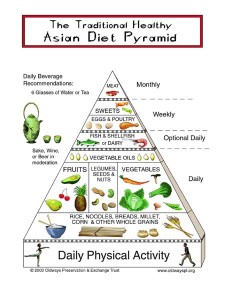Exercising can be a difficult thing to do. Not everyone particularly enjoy it or can develop a habit of working out. It is hard because there may be not enough time, motivation, and everyone’s body is different, etc. But if you’re struggling to decide who you can be active, here are a few tips what to do.
1. Yoga
Yoga has been long known to be great for the body and mind. It can help relax the body in ways that releases stress, increases flexibility, and usage of different body muscles. The best part is that anyone from beginner to expert can learn, even together. Yoga ranges from different types such as hot to spiritual to healing and more.
2. Eating clean(er)
If you can’t work out first, then start being healthier by eating cleaner. Eating habits are challenging because we are so used to eating what we want. Not only this can help with self discipline, but improve your overall health. Recommended foods that should be cut or consume less is processed and fast food. Those are often filled with unhealthy fat, sugar, and oil. Try to eat fresh (better if also organic) produces or simply cook your own dishes. This way you can control how much you eat and know what you are putting in your body.
3. Tai Chi
Tai Chi is a type of Chinese martial art that has been practiced by many different kinds of people for a long period of time. In today’s world, it is still practice for its healthy benefits. It can help the body (and mind) meditate, condition, flexibility, and strength. Many believe that by practicing Tai Chi can help lengthen the life of people. This form of exercise is great for beginners to start out with something simple and easy to learn.
4. Become part of a group!
If you dislike being active alone, join a group/club that requires you to be active. Dance groups, outdoor cleaning programs, garden clubs, sport teams, and even participation in social events will allow you to be active with other people. You can become more encouraged and motivated to be active by being socially engaged. Just make sure to find the right one for you.

